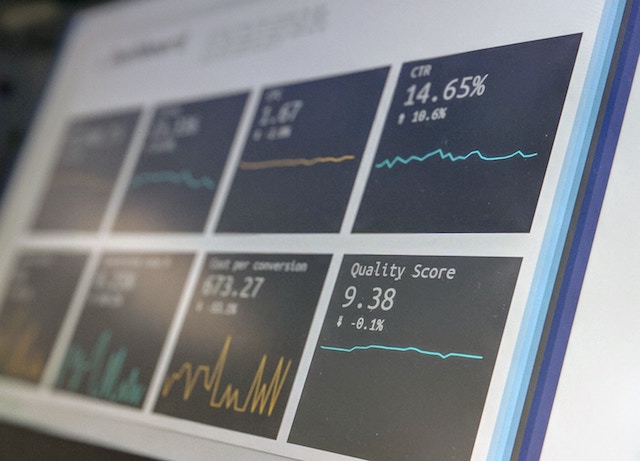
Software as a service is rapidly pacing more traditional software distribution models in practically every major field of industry. It’s a model that literally couldn’t exist until recently. It took a certain level of internet speed and accessibility as well as developments in cloud technology to create a sustainable approach to software as a service that can reliably meet the needs of its customers.
That’s because cloud technology is the roaring engine behind the software as a service model. SaaS refers to software that stores its information on a remote cloud server, and that was truly a game changer for both consumers and developers. It benefits users because of its higher level of convenience. Whether it involves truckers accessing information on routes and delayed shipments through a tap of their phone or menu kiosks that can automate much of a server’s work in restaurants, the ability to access a shared software system from any device is a seismic game changer.
But SaaS business models typically fall into one of two categories. Low touch is the type of software that most regular users will experience, and it’s not that different from any subscription model. A user sees the pitch for a service on a media channel, decides to sign up for a free trial or to test out its value, and decides to stick around based off the quality of said service. Low touch models can often be scaled to the needs of businesses of different sizes and take advantage of multiple subscription tiers that are generally rigid in nature.
The high touch SaaS business model often involves larger companies and has a longer tail on the customer pitch. These services, such as SalesForce, often constitute a radical change to a company’s business approach; requires some level of investment to learn how to use; or solves a problem that clients might not know they have. As a result, the pitch for high touch SaaS generally involves the prospective consumer working directly hand in hand with a rep to understand the functionality of the platform and pick out the services they need.
But whether a company goes with a high touch or low touch model, ease of use is key. Complexity should be stripped down to its most basics, and they can make the difference during a free trial when a user is first deciding whether or not a service is worth the price.